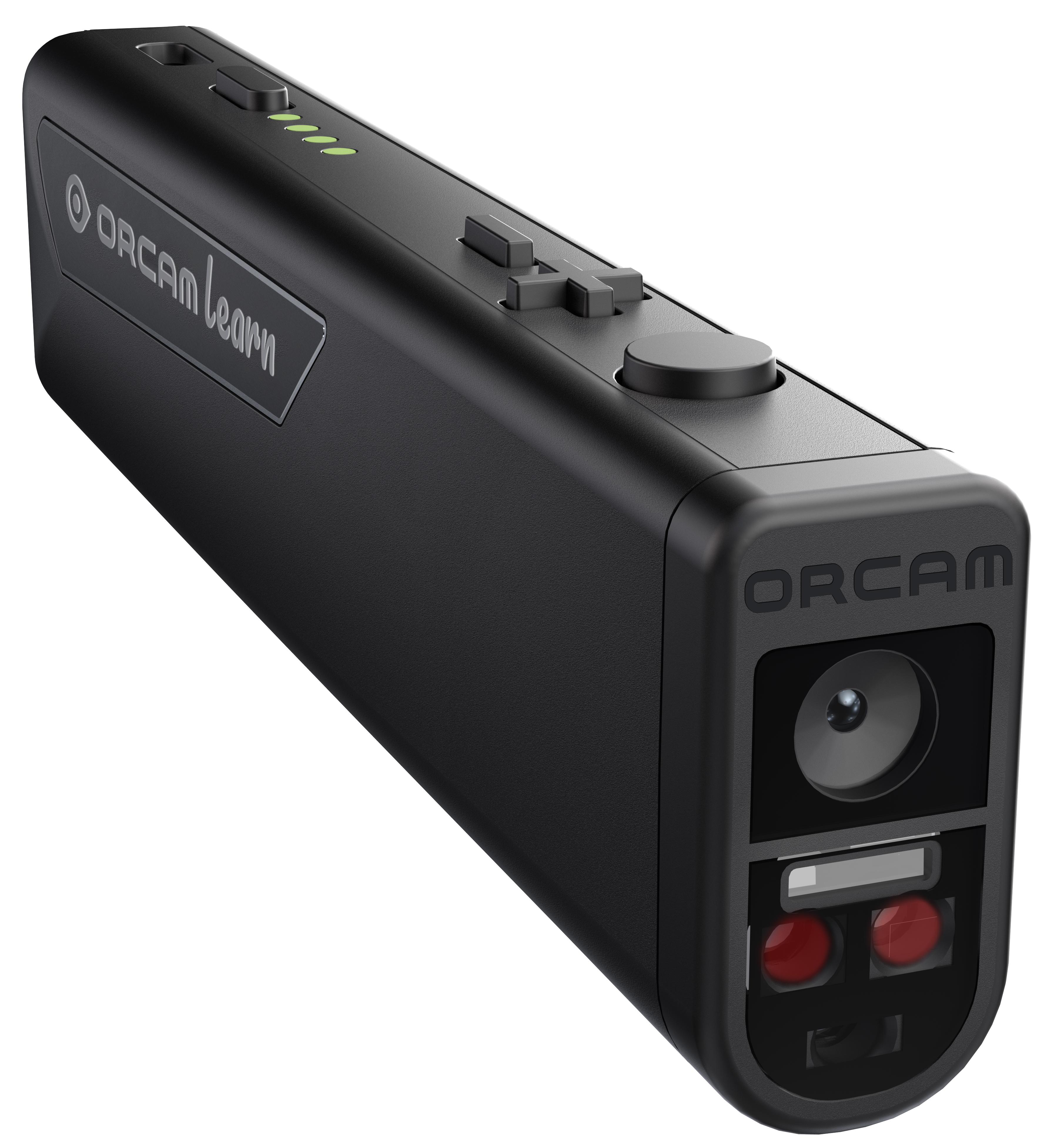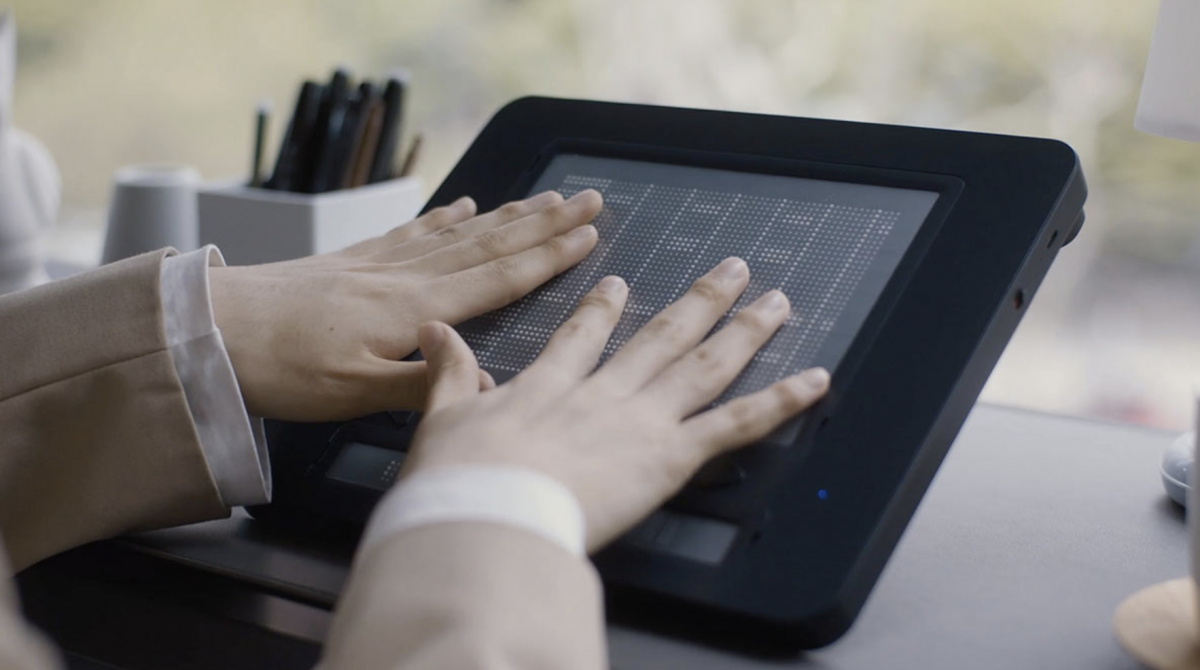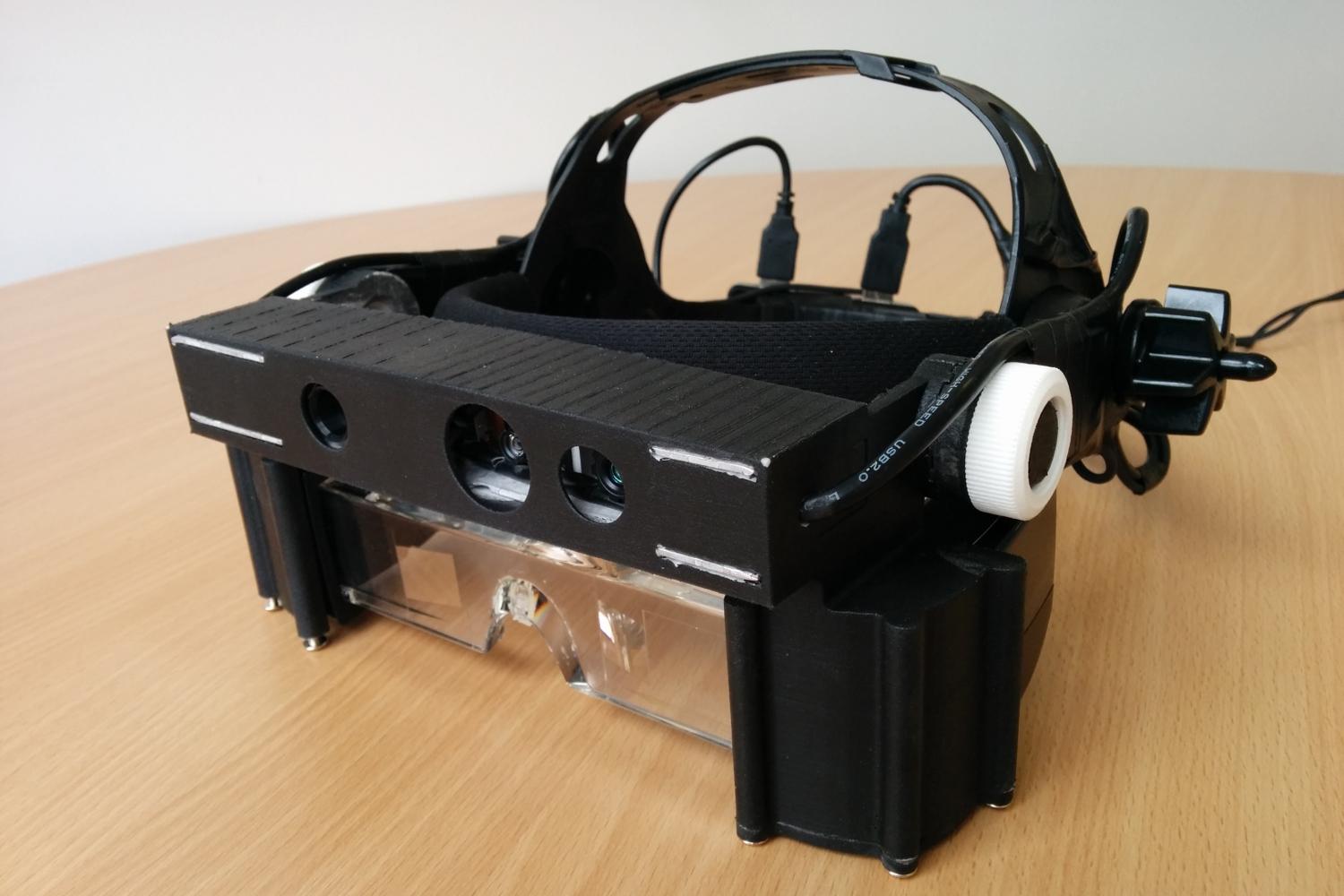Screen Readers for the Blind: Accessing Information Without Barriers
Empowering Self-reliance With Assistive Modern Technology for the Blind
The assimilation of assistive innovation into the lives of people with aesthetic impairments represents a considerable innovation in advertising freedom and self-sufficiency. From cutting-edge display visitors to innovative smart walking canes, these tools not only boost day-to-day navigation and communication but additionally encourage customers to engage meaningfully in numerous aspects of life. As we discover the myriad benefits and real-world applications of these technologies, it becomes critical to analyze the underlying elements that add to their effectiveness and the capacity for future growths in this vital field.
Introduction of Assistive Technology

The development of assistive technology is based in principles of inclusivity and empowerment. Technologies in software application, equipment, and sensory improvements give individuals with options tailored to their certain needs. From display visitors that transform text to speech, to tactile tools that share details via touch, these devices transform the way individuals involve with their surroundings.
Along with sensible applications, assistive modern technology cultivates greater social incorporation and involvement in various markets, including education and employment (Screen readers for the blind). As study and development proceed to advance, the capacity for assistive innovation to further boost the lives of visually damaged people remains promising, leading the way for a more fair society where everybody can thrive
Sorts Of Assistive Devices
A selection of assistive devices have emerged to sustain people with aesthetic impairments, each made to meet specific requirements and enhance daily functioning. These tools vary from low-tech services to modern technologies, offering diverse alternatives for customers.
Low-tech gadgets include magnifiers and large-print products that aid in reading and writing. Braille tools, such as Braille slates and stylus pens, enable tactile analysis and communication. Alignment and mobility help, like white walking canes, assist individuals browse their environment securely.
On the greater end of the range, digital magnification systems and display visitors provide substantial assistance. Electronic magnifiers permit customers to expand message and pictures on displays, while display readers convert electronic material right into manufactured speech, promoting access to information on smart devices and computers.
Smartphone applications likewise play an important function, supplying features like text acknowledgment and navigating help. Wearable modern technology, such as wise glasses geared up with increased reality, is becoming an encouraging device to enhance situational awareness.
Benefits of Assistive Modern Technology
The combination of assistive innovation considerably boosts the top quality of life for people with aesthetic problems. These innovations empower customers by promoting self-reliance, enabling them to navigate their environments better and carry out day-to-day tasks with greater simplicity. Display readers and magnifying software application permit individuals to access digital details, cultivating instructional and expert possibilities that may have formerly been out of reach.
Furthermore, assistive devices such as clever walking sticks and general practitioners applications give real-time navigation assistance, boosting flexibility and security. This boosted autonomy not just enhances self-esteem however additionally motivates social engagement, enabling individuals to get involved more totally in their neighborhoods.
Assistive technology also assists in communication, aiding individuals get in touch with others with voice acknowledgment and text-to-speech applications. try this out This ability is important for maintaining partnerships and accessing crucial information.
Furthermore, the modification alternatives offered with numerous assistive innovations make sure that customers can customize tools to their details requirements, further improving functionality and performance. Overall, the benefits of assistive modern technology for people with aesthetic impairments are extensive, advertising a much more comprehensive culture where everyone can seek their desires and goals.
Study and Success Stories
Highlighting the transformative influence of assistive innovation, numerous instance research studies illustrate how individuals with visual problems have successfully incorporated these tools right into their daily lives. One engaging instance involves a college student who made use of screen analysis software application to navigate on-line sources and academic materials properly. This innovation not just promoted her education and learning however also enhanced her confidence in joining conversations and team projects.
One more situation research features a specialist who utilizes a smart device application designed for navigating and item recognition. By utilizing this app, he has gained back freedom in both his individual and job environments, permitting him to affordable prescription glasses commute individually and involve with coworkers better.
In addition, a senior citizen shared her experience with braille e-readers, which enabled her to access a vast array of literary works and remain connected with her community through book clubs.
These success stories highlight the critical role of assistive innovation in cultivating freedom, boosting top quality of life, and promoting social combination for individuals with visual disabilities (Wearable technology for low vision). By welcoming these cutting-edge devices, individuals can conquer challenges and seize chances that add to their individual and expert fulfillment

Future Patterns in Assistive Innovation
Technology in assistive technology is poised to redefine the landscape of support for people with visual impairments. Arising fads highlight the assimilation of fabricated intelligence (AI) and artificial intelligence, which boost the performance of tools that aid with navigating and details access. As an example, AI-driven applications are now with the ability of interpreting visual information in real-time, enabling customers to engage with their atmosphere much more separately.
Additionally, the advancement of wearable technology is advancing swiftly. Smart glasses geared up with increased truth (AR) can give audio descriptions of environments, transforming how users connect with public spaces. These devices not just advertise autonomy yet likewise foster social inclusion.
Additionally, the Internet of Things (IoT) is making homes smarter, permitting seamless connection in between everyday home appliances and assistive devices. This connection empowers users by enabling voice-activated controls and automated reactions customized to specific needs.
Verdict
In verdict, assistive technology plays a pivotal role in encouraging individuals with visual impairments by boosting their freedom and engagement with their environments. The diverse series of applications and tools offered not just facilitates navigating and communication but also promotes social combination and chances for specialist and personal growth. As advancements continue in this field, the potential for enhancing the lifestyle for those with visual problems will increase, cultivating higher autonomy and empowerment.
